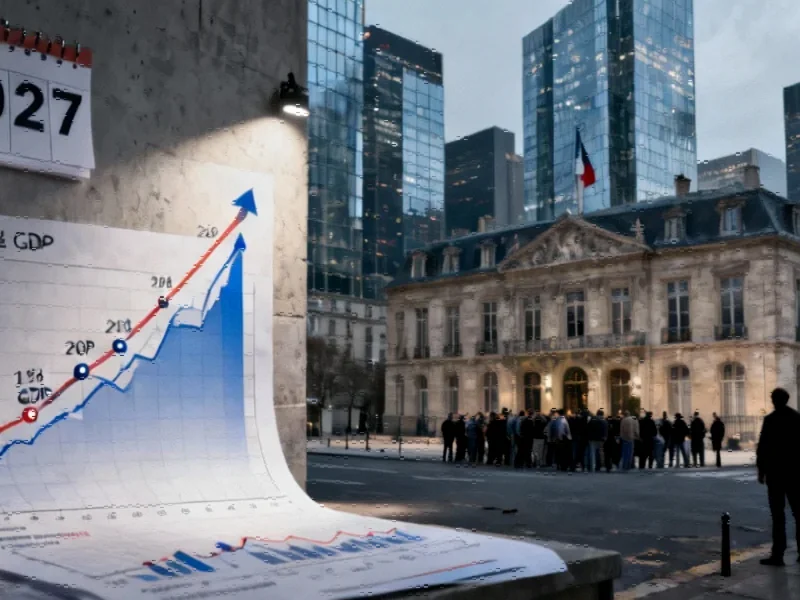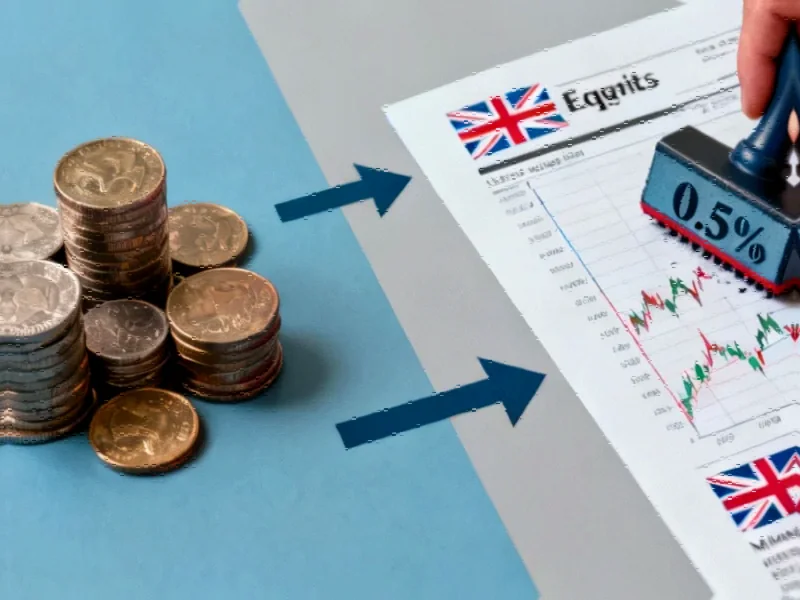An Unanticipated Economic Rebound
When the Trump administration initiated a trade war of unprecedented scale, markets braced for a downturn. Financial indicators initially suggested a looming recession, with consumer confidence plummeting and real-time growth metrics faltering. Yet, the global economy has demonstrated remarkable resilience, growing nearly as fast as pre-trade war levels, according to Goldman Sachs’ current-activity indicator. The JPMorgan global composite PMI reinforced this strength, reaching a 14-month high in August, while the Federal Reserve Bank of Atlanta projected a robust 3.9% annualized GDP growth for the U.S. in Q3 2025. With only Finland in recession—down from eight countries in early 2023—and economists revising global growth forecasts upward to 2.6%, the outlook is brighter than anticipated.
Why the Economy Is Defying Expectations
The milder-than-expected impact of tariffs has been a key factor. Initially projected to reach an effective rate of 28%, U.S. import duties have settled at just over 10% after a series of policy adjustments. Coupled with expansionary fiscal policies, particularly in the U.S., demand has remained buoyant. While uncertainties persist—such as the potential for new tariffs or efforts to curb budget deficits—financial markets remain optimistic about sustained momentum. For more on how policy shifts are shaping sectors, see related economic analyses.
Corporate Earnings and Market Dynamics
Corporate profits have bolstered this optimism. Global company earnings grew by 7% year-on-year in Q2, surpassing historical averages, and cyclical firms—those in discretionary sectors like automotive and construction—have seen their share prices surge. This contrasts sharply with the defensive underperformance observed earlier in the year, reflecting broader confidence in economic expansion. Investors are closely monitoring market trends to gauge future stability.
Debunking Common Economic Fears
AI Investment: A Boon, Not a Bubble
Concerns that artificial intelligence (AI) spending alone is propping up growth appear overstated. In the U.S., investments in information-processing equipment and software contributed significantly to economic expansion, but two-thirds of this spending is unrelated to AI-specific projects. Moreover, outside the U.S., there is no evidence that AI-driven investments are a primary growth driver. This nuanced view highlights the importance of recent technology adaptations across industries.
Labor Market Stability Amid AI Anxiety
Fears of AI-induced job losses have been tempered by data. While U.S. employment growth has slowed, a Yale Budget Lab study found no discernible disruption to the broader labor market following the release of advanced AI models. Internationally, employment in 37 OECD countries grew by 3 million jobs in the first half of the year, matching pre-pandemic norms. Factors like immigration policies may be more relevant to U.S. labor softness than technological displacement.
Consumer Confidence and Policy Uncertainty
Although consumer confidence remains below pre-COVID levels, it has improved since its April-May lows. High levels of economic-policy uncertainty and persistent public attention to tariffs indicate lingering concerns. However, the global economy’s ability to withstand these pressures suggests a newfound resilience to crises, as seen in industry developments that underscore adaptive strategies.
Looking Ahead: Cautious Optimism
The global economy’s ability to navigate trade tensions and technological disruptions underscores its adaptability. While risks remain—from fiscal adjustments to geopolitical tensions—the current momentum offers a buffer against sudden downturns. Stakeholders should monitor related innovations and policy shifts to stay ahead of evolving dynamics.
This article aggregates information from publicly available sources. All trademarks and copyrights belong to their respective owners.
Note: Featured image is for illustrative purposes only and does not represent any specific product, service, or entity mentioned in this article.



